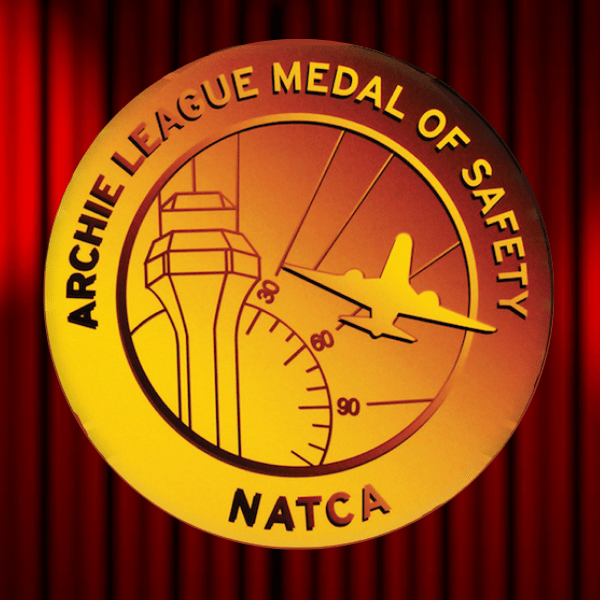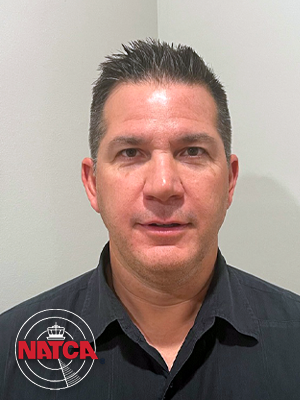
Eastern Region: David Lomascolo, Eric Lomascolo – Potomac TRACON (PCT)


Article by Jaymi Steinberg (Washington Center, ZDC)
On a blustery winter day in January 2022, N3039L, a Socata Tobago, was inbound for Manassas Airport (HEF). Notably on this day, there was snow actively falling and the winds were roaring, causing a complex scenario for any pilot to contend with. As the pilot reached about 10 miles north of Frederick Airport (FDK) the pilot reported being shaken around and dealing with ingestion of ice into the engine. This led to additional issues, including problems with the vacuum. The aircraft then began to lose altitude. NATCA member Eric Lomascolo was working radar at Potomac Consolidated TRACON (PCT). He attempted to set the pilot up for a straight in ILS approach to Runway 23 to get the pilot on the ground as soon as possible.
Due to the short setup time and heavy gusts, the aircraft overshot the localizer. Everything happened quickly. This made Eric and his brother David, who also is a PCT member, aware that the pilot needed assistance. An emergency was declared on the pilot’s behalf. While this was going on, David, who was working Flight Data, was reaching out and attempting to assess the airport conditions at Frederick, including weather, braking action, and any possible pre-treatment. Frederick reported that the airfield had not been cleared, and in fact no aircraft had landed recently, so conditions were unknown. David attempted to get any assessment of the field, like the amount of snow covering the runway. The pilot was set up for a second approach to Frederick. The strong crosswinds and other complications led this second approach to not be viable.
The brothers utilized their weather awareness to set the pilot up for a third approach with a longer inbound course to allow the pilot to set up with less wind impact. Also, at this time the pilot reports, “I’m getting bounced all over the place sir, very violently.” The pilot also began experiencing autopilot challenges. David continued coordinating with FDK to procure emergency equipment—an additional challenge since there was no dedicated airport firefighter brigade. Frederick-area fire departments had to be called in. As the aircraft neared FDK, the pilot started to dip below altitude minima. The pilot advised ATC that he thought he lost his engine. Eric then cleared the pilot for ILS approach. Eric asked if the aircraft had any power; the pilot advised it was just sputtering.
Eric reached out via his frequency and Guard frequency to alert the aircraft. FDK turned their lights up to their maximum to try to help illuminate the way for N3039L. There was great relief when the FDK controller reported seeing the landing lights—the aircraft had a chance to make it to the field. Finally, N3039L successfully landed at FDK. Once the pilot was safely on the ground, he reached out to the facility to thank Eric and said, “I just wanted to personally thank you… That motor was sputtering, my gyro was freezing up… you were unflappable. That last correction hit me right on the ILS and made all the difference.”
Together, Eric and David were able to provide excellent teamwork which helped the pilot have the best chance for a successful landing.
About the event, the pilot recalled, “[even as] a retired Marine aviator, that was probably the most harrowing thing I have had happen in my entire aviation career. And Eric – his voice, his work… was unbelievable. His phenomenal calm under pressure. I cannot thank him enough.”
“The Eastern Region is proud to honor David and Eric Lomascolo for the calm, systematic approach they applied when faced with a challenging situation. Their awareness of weather, ability to adapt, and teamwork helped to secure a successful outcome for the aircraft in distress.”
– Eastern Regional Vice President Brian Shallenberger

